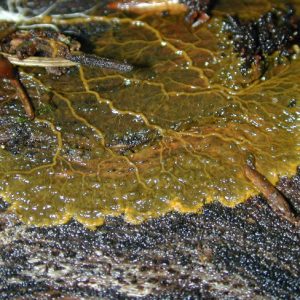 Mountain Valley Plant Workers
Mountain Valley Plant Workers
Entry Type: Thing - Starting with M
 Mountain Valley Plant Workers
Mountain Valley Plant Workers
 Mountain Valley Spring Water
Mountain Valley Spring Water
Mountain Valley Spring Water
 Mountain Valley Spring Water
Mountain Valley Spring Water
Mountain View Waterworks
 Mountain View Waterworks
Mountain View Waterworks
 Mountain View Water Tower
Mountain View Water Tower
Movies
aka: Film
aka: Motion Pictures
Mud
 Mudminnows
Mudminnows
 Mulberry Home Economics Building
Mulberry Home Economics Building
Mulberry Home Economics Building
Mulberry River
 Mulberry River Bridge
Mulberry River Bridge
Mullets
aka: Gray Mullets
aka: Flathead Gray Mullets
 Mullets
Mullets
Multiculturalism
Municipal Designations
Murphy Oil Corporation
Murphy-Jeffries Building
 Murray Lock and Dam
Murray Lock and Dam
Murry’s Dinner Playhouse
Muscadine
aka: Vitus rotundifolia
 Muscadine Grapes
Muscadine Grapes
 Muscadine Products
Muscadine Products
Museum of American History
Museums
Music and Musicians
 MV Kastamonu
MV Kastamonu
My Life
My Own, My Native Land
 Myotis Bats
Myotis Bats
Mysid Shrimps
aka: Opossum Shrimps
 Mysids
Mysids
 Myxomycete Slime Mold
Myxomycete Slime Mold
Myxozoans
 Myxozoan Spores
Myxozoan Spores
 Myxozoans
Myxozoans




